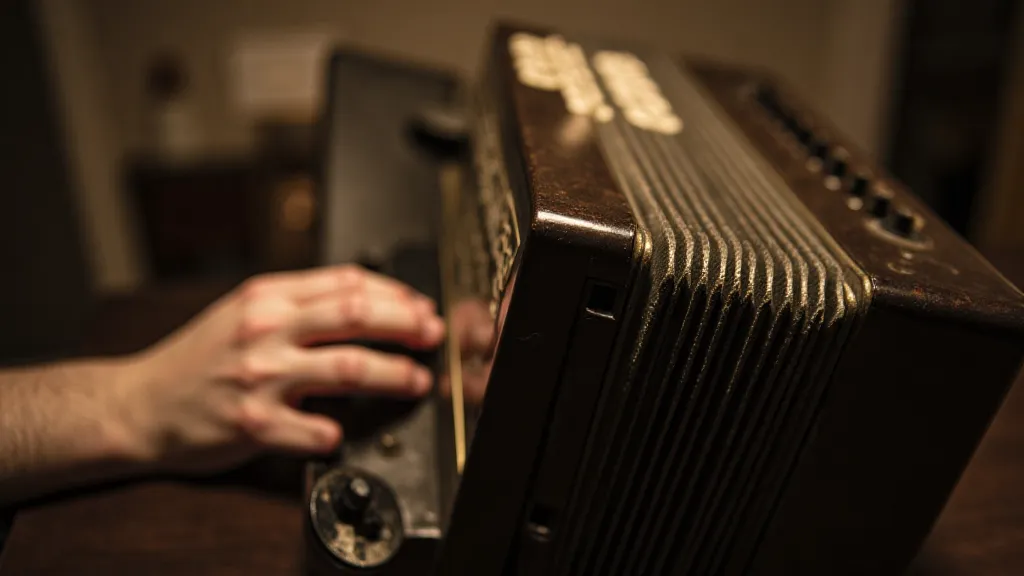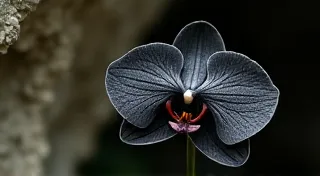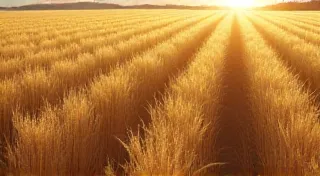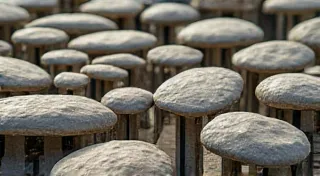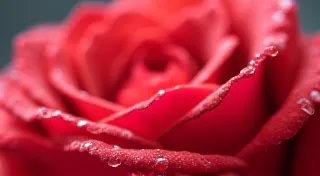The Verdant Script: Integrating Botanical Elements into Your Left-Handed Calligraphy
For a left-handed calligrapher, the journey is often a dance with adversity. The relentless pull of the hand across the page, the inevitable ink smudges – these are familiar companions. Yet, within those challenges lies a unique opportunity: a chance to develop a style, a sensibility, that is entirely your own. And what better way to infuse that personal touch than through the integration of botanical elements into your lettering? It's more than just adding a pretty flower; it's about weaving the narrative of the natural world, imbued with symbolism and delicate beauty, into the very fabric of your script.
My own journey with calligraphy started, surprisingly, not with a pen and ink, but with an antique accordion. My grandfather, a quiet man with calloused fingers and a mischievous twinkle in his eye, played one. The bellows, a symphony of leather and wood, resonated with a warmth and history that captivated me. He rarely spoke of his life, but the accordion, each button and reed, felt like a whispered story. It wasn't just music; it was a connection to a past filled with migrations, celebrations, and quiet moments of solace. Seeing the intricate craftsmanship – the meticulous assembly, the careful voicing of the reeds – instilled in me an appreciation for detail and artistry that would later influence my approach to calligraphy.
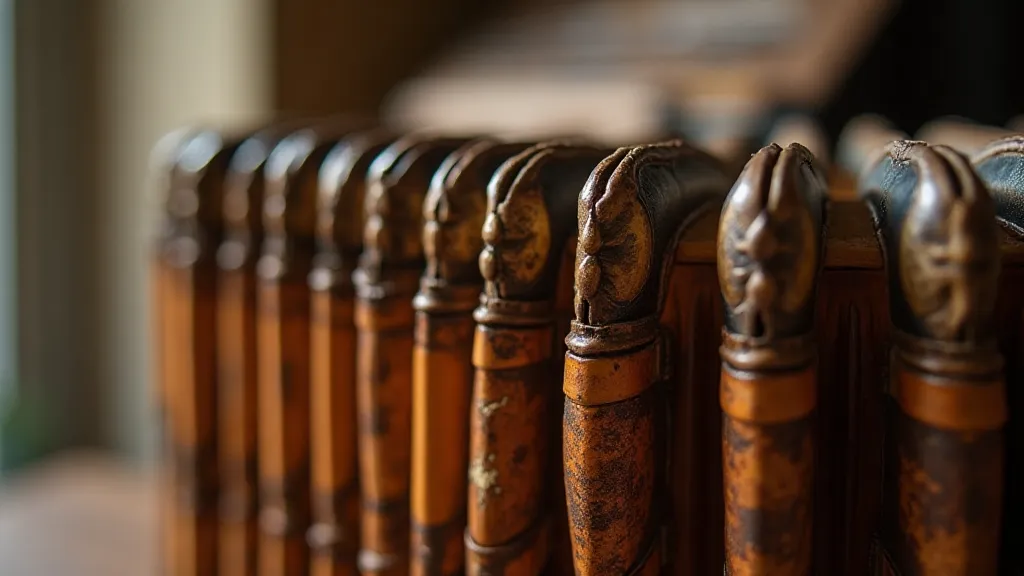
The Language of Flowers & Leaves
Botanical illustrations and calligraphy share a fundamental connection: they both seek to capture the essence of something beautiful and translate it into a visual language. From the ancient Egyptians adorning tombs with stylized flora to the Renaissance masters meticulously documenting the natural world, the pairing of art and nature is as old as art itself. And just as a single flower can carry layers of meaning – a red rose symbolizing love, a lily representing purity, a sprig of rosemary signifying remembrance – so too can botanical elements enrich your calligraphy.
Consider the symbolism of ivy, for instance. Its tenacious grip and sprawling nature often represent fidelity and enduring affection. Integrating delicate ivy tendrils alongside a declaration of love in your script can subtly amplify the sentiment. Or perhaps a cluster of forget-me-nots, tiny blue stars of remembrance, intertwined with a memorial inscription.
Addressing the Left-Handed Challenge
Now, let’s be realistic. For a left-handed calligrapher, incorporating delicate botanical illustrations requires an extra layer of precision. The smudge zone is a constant threat, and the angle of approach to the paper demands careful consideration. The key lies in a combination of technique and materials. I'm not going to delve into the fundamentals of left-handed calligraphy here – that’s a conversation for another time. But specifically regarding botanical additions, a lighter touch with the pen is paramount. Use a finer nib, apply less pressure, and experiment with different paper types. Smooth, coated papers are often more forgiving than rougher, more absorbent options. The 'pull' of the left hand can easily distort a delicate leaf; practice drawing individual leaves and stems in isolation before attempting to integrate them into a full script.
Think of the craftsman restoring an antique accordion. He doesn't force the bellows; he coaxes them back to life with gentle cleaning, careful lubrication, and a deep understanding of their mechanics. Similarly, with botanical additions to your calligraphy, patience and a delicate touch are your greatest allies.
Styles and Inspiration
There’s a vast spectrum of approaches when it comes to integrating botanical elements. A formal, Spencerian script might be beautifully complemented by stylized, almost geometric floral motifs. A looser, more flowing Copperplate style lends itself perfectly to free-flowing vines and cascading blooms. And for those drawn to a more rustic aesthetic, a bold, slightly imperfect Gothic script can be wonderfully offset by wild, untamed foliage.
Look to historical sources for inspiration. Illuminated manuscripts are a treasure trove of botanical artistry, showcasing everything from meticulously detailed herbals to whimsical, playful vignettes. Victorian mourning jewelry often incorporated pressed flowers and leaves, offering poignant examples of how nature can be used to convey profound emotion.
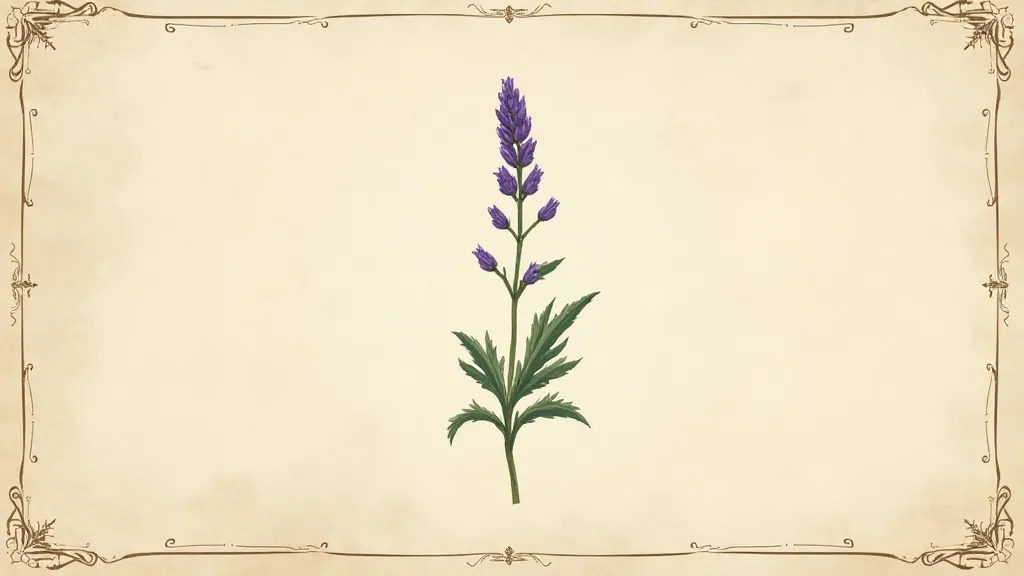
Tools & Materials
As with any aspect of calligraphy, the right tools can make all the difference. For integrating botanical elements, consider:
- Fine-Nibbed Pens: Essential for delicate lines and detailed illustrations.
- Watercolor Pencils: Allow for subtle shading and blending, mimicking the natural variations in color found in foliage.
- Lightfast Inks: Protecting your work from fading over time is crucial, especially when incorporating delicate illustrations.
- Tracing Paper: Helpful for sketching out botanical designs before committing them to the final piece.
- Good Quality Paper: A smooth, coated paper is often more forgiving for left-handed calligraphers.
The Accordion's Echo
Returning to the image of my grandfather’s accordion, I’m reminded that true artistry lies not just in technical skill, but in the passion and care that goes into each and every stroke. Just as the accordion craftsman poured his heart and soul into creating an instrument capable of expressing such profound beauty, so too can we, as left-handed calligraphers, infuse our work with a similar level of dedication. The smudge zone may be a constant challenge, but it's also an invitation to explore, to experiment, and to develop a style that is uniquely our own. The integration of botanical elements is more than just adding pretty pictures; it's about adding layers of meaning, of emotion, and of personal expression. It's about finding harmony between the pull of the hand and the grace of the leaf, a verdant script born from perseverance and passion.
